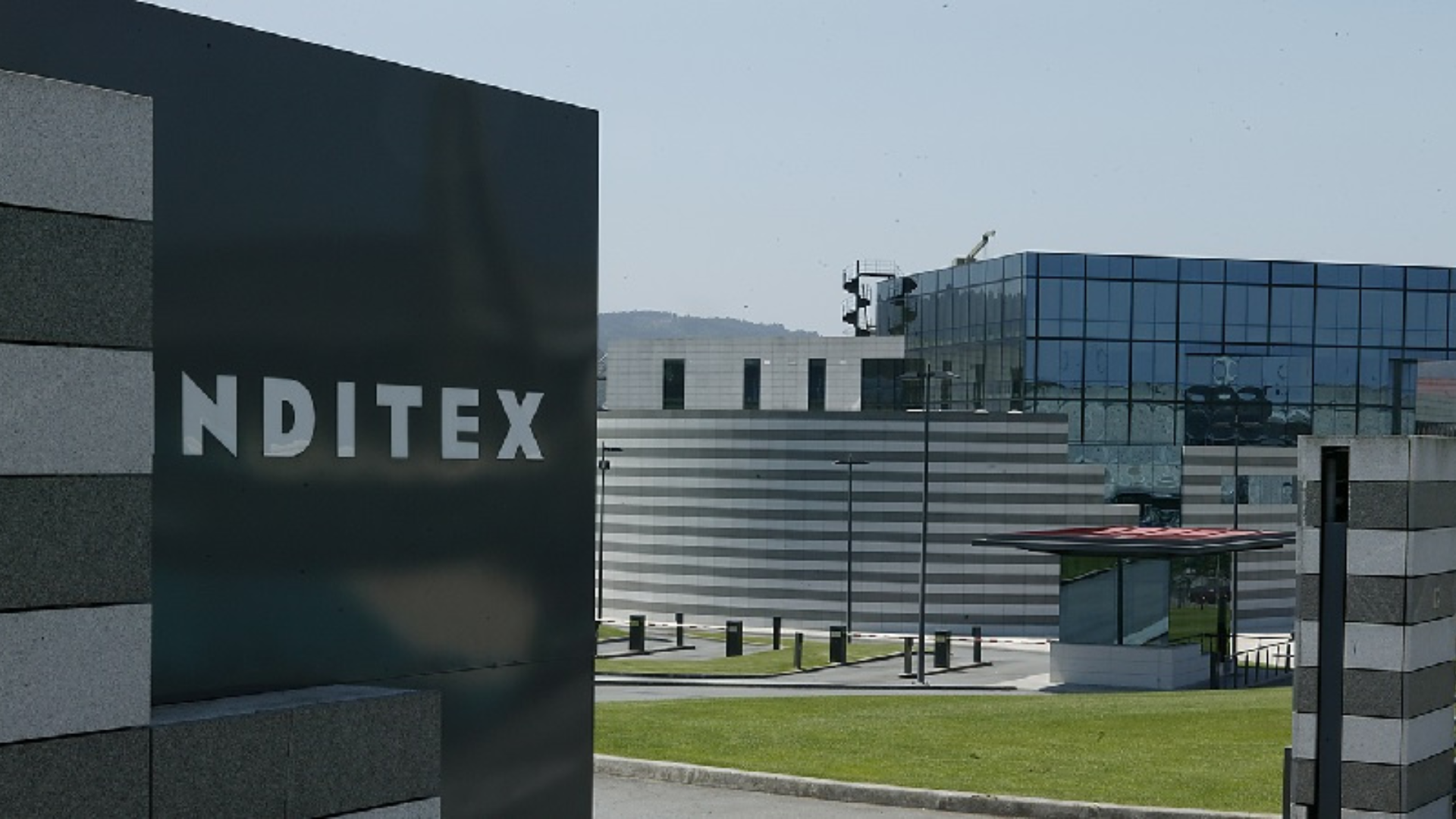Inditex's growth engine shows signs of moderation. The Galician group has closed its first fiscal quarter of 2025 with an increase in sales of 1.5%, up to 8,150 million euros, and a net profit of 1,294 million, only 0.8% more than in the same period of the previous year. A solid result, although well below the dynamism to which it has accustomed the market.
The reaction on the Stock Exchange was immediate: Inditex ended the day after the presentation of results with a fall of 5.2%, the largest in the Ibex 35 that day. The balance reflected the impact of factors such as adverse weather conditions, a particularly demanding comparison after an exceptional start to 2024, and a macroeconomic environment that is beginning to cool global consumption.
The contrast with the previous year is key to understanding the context. In the first quarter of 2024, the company had grown 13% in sales and increased its net profit by 54%, in full post-pandemic recovery and with a global market still driven by the reopening and pent-up demand. The result was a historic year-end: more than 35,900 million euros in annual sales and 5,400 million in net profit.
Against this backdrop, the current figures reflect a normalization rather than a structural weakness. At constant exchange rates, sales would have grown by 2%, and the gross margin remains at solid levels, standing at 60.6%, just one tenth below that recorded a year ago.
Inditex, however, does not lose its pace. The company maintains its long-term strategy, with a forecast to increase gross commercial space by 5% during 2025 and continue to promote its integrated physical and online store model, considered one of the most efficient in global retail.
With a solid financial position, without debt and with net cash exceeding 11,400 million euros, the group continues to invest in technology, sustainability and improvement of its supply chain, with the focus on strengthening its resilience in a more volatile economic environment.
Inditex thus enters a new phase, marked by realism and stability, where the challenge will not only be to grow, but to sustain global leadership in an increasingly fragmented, digitized industry that is attentive to profitability above volume.
